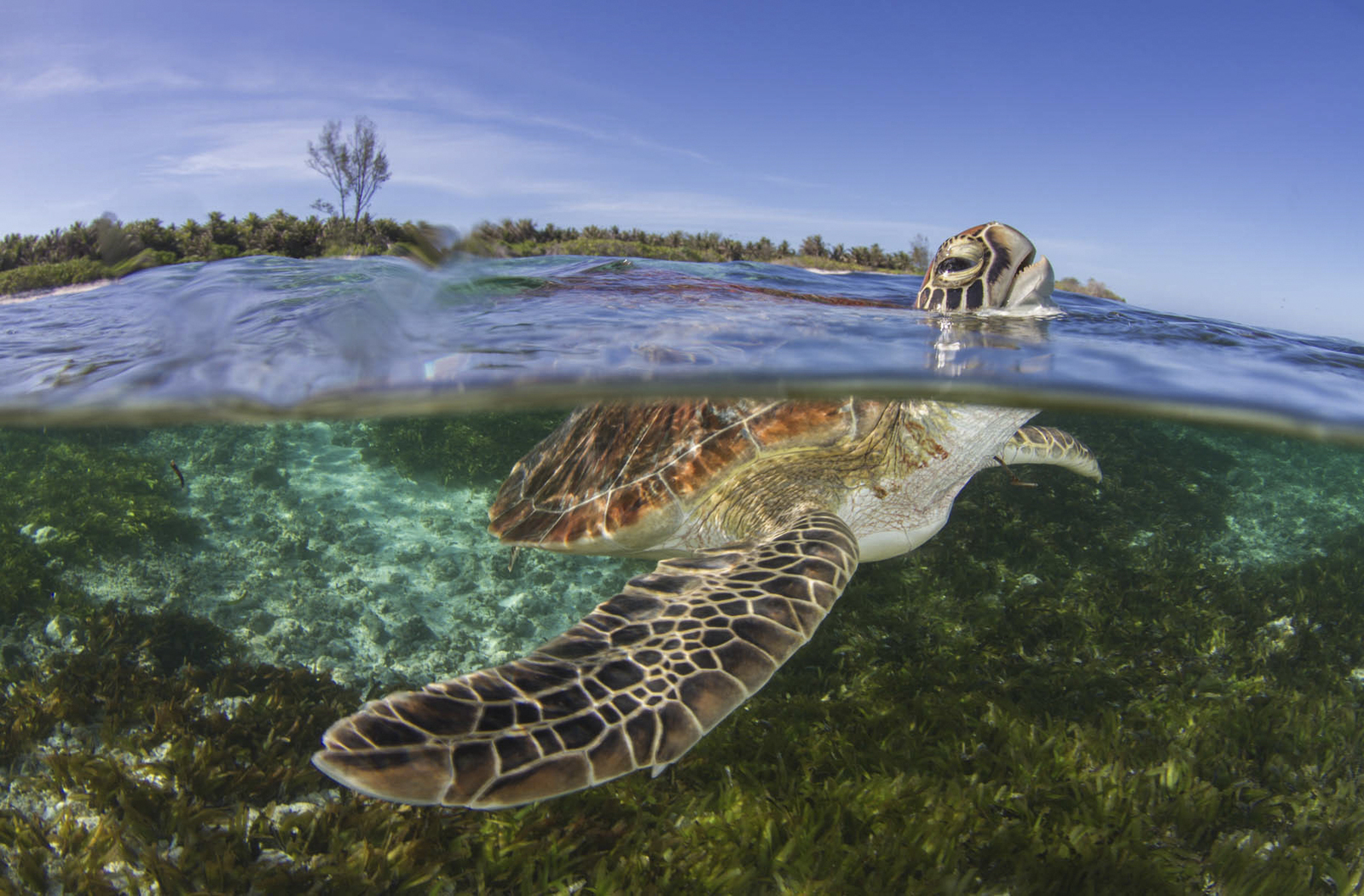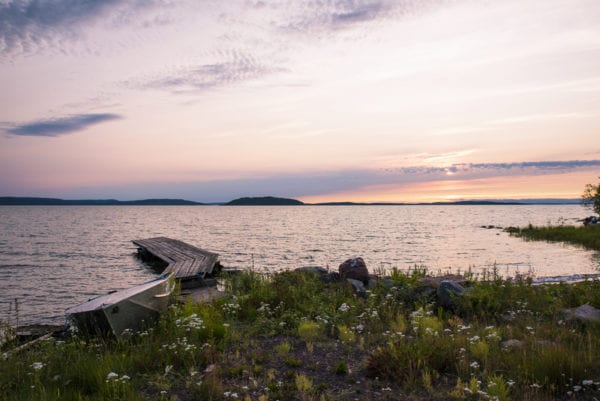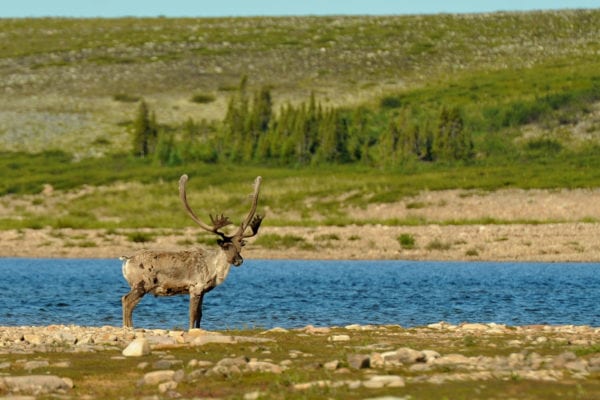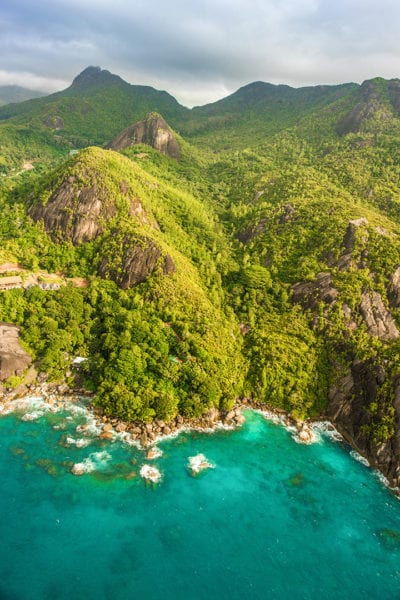
How nature protects and comforts during troubled times, and how we can return the favour
By Hadley Archer, Nature United
Lately, I’ve been starting my day with a walk along a nature trail near my house. In the afternoon, my kids and I ride bikes around our neighbourhood. We keep track of the “red birds” (cardinals) and make the most of the season. Every time I give myself this chance to connect with the natural world, I feel grounded, ready to take on the next challenge.
These little moments are welcome distractions from everything that’s happening around us. We’ve been constantly bombarded by grim headlines in the news; we worry about the health of our loved ones, economic turmoil, and what the future might hold. These are sobering, challenging times — but nature and all its restorative potential offers us hope beyond measure.
Look out of a window right now. No matter if you’re inside a downtown condominium or a suburban single-family home, odds are good that there are some trees within sight. You might not have given them a second thought, but there’s solid science backing the benefits of trees for people. Forests clean our air, enhance water security, support critical biodiversity and serve as the world’s oldest and most proven carbon storage technology.
These biological processes happen every day without us noticing. They’re a marvel, an example of how nature helps our communities in ways seen and unseen. If you’ve been able to leave your home and walk around a park, do some fishing, or hiking, then you’ve likely felt the mental health benefits linked to surrounding ourselves with nature. Studies have shown how levels of cortisol — a stress hormone — go down when people spend time in nature.
And beyond what’s immediately outside our window, we’re part of a much larger world. The pandemic has reminded us that what happens thousands of miles away can have a very real impact on us. But this doesn’t always have to be for the worse. We also benefit from the conservation and protection of places far away from us.

One example: Thaidene Nëné in the Northwest Territories. Last August, an historic agreement was signed between the Łutsël K’é Dene First Nation, Parks Canada, and the Government of the Northwest Territories establishing a 6.5 million-acre protected area. The agreement set a new precedent for Indigenous-led conservation — an approach we know leads to the most lasting, impactful outcomes. This area represents an intact habitat for grizzly bears, wolves, and some of the last free-ranging barren ground caribou. The vast sub-Arctic forests found here store greenhouse gases like carbon from the atmosphere, helping curb rising temperatures. We’re proud to have supported the Łutsël K’é’s decades-long work to protect their traditional territory.

On the other side of the globe, hundreds of miles off the eastern coast of Africa, you’ll find the Seychelles Islands, home to the world’s second-largest coral atoll. Our global affiliate worked with the government of the Seychelles to help restructure their debt in exchange for expanding their marine protected areas. While the islands themselves are tiny, the Seychelles hold exclusive economic rights to 1.37 million square kilometers of ocean — about a tenth of the size of Canada. The deal means the Seychelles have met their marine protection goals, and in doing so, will safeguard species that swim in those waters. The healthy eco-system opens pathways towards more sustainable fishing and will help support a thriving economy. This first-of-its-kind deal could be replicated elsewhere around the world.

Looming over our work helping protect these stunning places is climate change. Like a pandemic-causing virus, climate change ignores national borders. It doesn’t wait for a convenient time to strike. Scientists and environmental experts have for years mapped out what we need to do to lessen the impacts of climate change: curb our greenhouse gas emissions, transition to renewable sources of energy, and protect and restore carbon-capturing environments like forests and wetlands.
Unfortunately, we’re not where we should be if we want to prevent the worst impacts. And while it may seem like talking about climate change while we’re dealing with a pandemic means I should check my priorities, I’d ask you to reconsider. Think about the health benefits of nature mentioned. If we don’t protect and grow the tree cover in our communities, we’re missing out on the clean air and water security created by healthy forests. Imagine practicing social distancing while communities evacuate from wildfires or coastal floods. Even more worryingly, climate change could increase the risk of new animal-borne diseases crossing over to infect humans.
Nature once again has our backs. Scientists from our global affiliate led a study showing how greenhouse gas emissions can be cost-effectively reduced and stored in forests, agricultural lands, grasslands, and wetlands to deliver more than a third of the reductions required by 2030 to prevent dangerous levels of global warming.
Some of these natural climate solutions are well-known and have the support of businesses and world leaders, like protecting and restoring our forests and wetlands. Others, like unlocking the potential to capture carbon in soil through new “regenerative” farming techniques are beginning to gain ground. We’re proud to be leading on this science. Nature United is partnering with other research institutions on a landmark study to show how Canada’s vibrant landscapes can provide these practical, cost-effective solutions to the climate crisis.
With public sacrifice, extensive resources, and the leadership of the world’s public health experts and medical researchers, we will get past this pandemic. And as we rightly turn our attention to kick-starting our economy and getting Canadians back to work, we may be tempted to fall into old, familiar, and unsustainable ways. That would be a mistake.
Let’s not forget that when things were darkest, we were still able to look at our windows and see blue skies or ride our bike under the cover of majestic oaks, birches, and maples. Let’s think about our connection to nature, how we’re all united, and how we might do things differently. Nature — from herds of caribou roaming snowy landscapes to schools of fish on sparkling coral atolls to cardinals perched on a suburban street tree — does so much for us. Let’s not take it for granted.
Hadley Archer is the Executive Director of Nature United, a national charity working with partners to protect lands and waters and ensure nature is the foundation of healthy communities, economies and future opportunities. www.natureunited.ca

